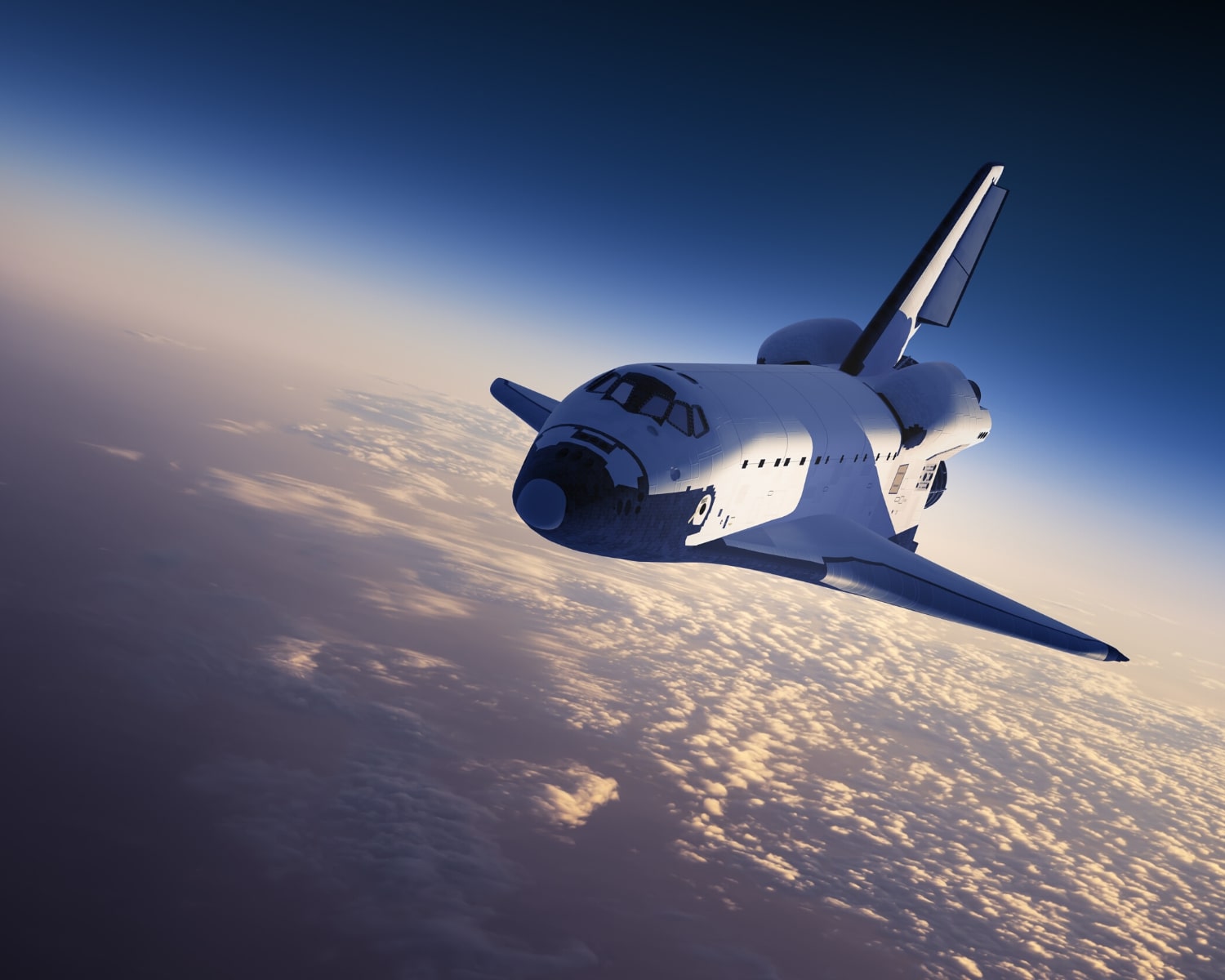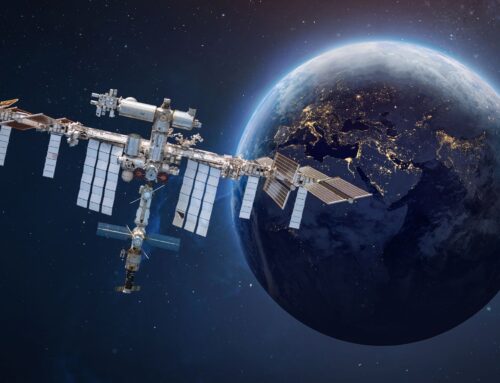A car in the sun’s orbit. Space-bound passenger pods with window seats that allow paying customers to have a perfect view once they reach space. Reusable rockets carrying passengers and cargo into space and to the moon. Research trips to Mars. This is not only the stuff of science fiction, but the reality of space exploration both now and in the near future.
From Galileo peering at the stars to those iconic steps on the moon, the topic of space has long focused on exploration and research – going to new and uncharted places robotically, conducting studies in specialized environments, and observing how humans interact with conditions outside our planet for long periods of time. Though these goals remain central to space, the rise of NewSpace, which is the addition of entrepreneurial commercial space companies to the mix, has rapidly changed the rate of advancement.
Human spaceflight, the incorporation of artificial intelligence (AI) and increased communication capacity are a few of the trends shaping this amazing future. Goals range from reusing rockets that have been in space, quick trips for individuals, trips to the moon and Mars and communicating into deep space. Future plans even include the consideration of living off-world, a concept previously only depicted in apocalyptic movies and comics.
The companies of NewSpace such as Virgin Galactic, Blue Origin and SpaceX are working largely independently of governments to develop faster and cheaper access to space and spaceflight technologies. SpaceX demonstrated its prowess famously in February of 2018 when it used the Falcon Heavy rocket to launch Elon Musk’s Tesla roadster into the sun’s orbit. Virgin Galactic pioneered the idea of space tourism when it launched the SpaceShipTwo in December 2018, earning astronauts wings for its test pilots.
Meanwhile, Blue Origin’s New Shepard, which aims to have its first manned spaceflight in 2020, is optimizing suborbital spaceflight and offering 11-minute flights. Beginning in 2021, the company aims to have a reusable rocket that will go into orbit, carrying both people and payloads. And in June, NASA announced it will open the International Space Station to visitors carried by SpaceX. All of this explains why Wall Street analysts predict that the “space economy” could be worth $1-2 trillion within 20 years.
On top of this progress, other commercial space companies are flourishing and driving the NewSpace industry forward. Voyager Space Holdings, for instance, serves as a holding company and offers long-term funding for space startups, acquiring leading space technology firm, Altius Space Machines. Recently, the company has focused on satellite servicing systems and technologies for spacecraft and propellant transfers.
Other trends leverage technologies from other industries. Currently, it takes from several minutes to hours to communicate with Mars rovers. As AI is incorporated into missions, autonomous robotic functioning will allow more sophisticated work to take place without direct oversight. It also paves the way for a longer flight, potentially one that takes decades, but that won’t be possible without the assistance of designed intelligence.
Staring at the stars is something we have always done, from our earliest days to the wonders we can see with the Hubble telescope. Humanity is continuously inspired by what we dream might be up there. Now we can not only imagine but can enable humanity to ultimately go far enough to find out.






